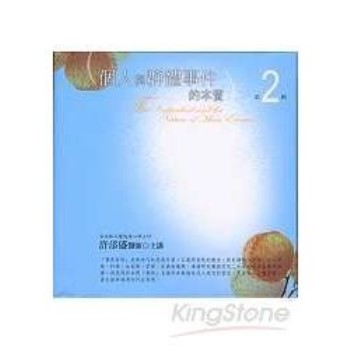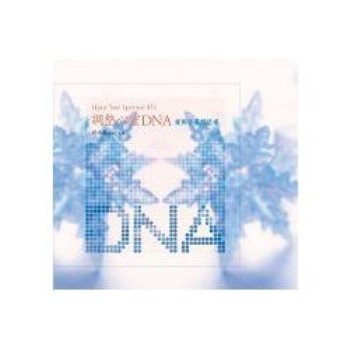'Making Crime Television employs actor-network theory in order to examine how representations of crime are produced for contemporary prime-time television dramas. The first study to examine the production of contemporary crime television dramas, particularly their writing process, this book examines not only the semiotic relations between ideas about crime, but the material conditions under which those meanings are formulated. Using ethnographic and interview data, it considers how textual representations of crime are assembled by various people (e.g., writers, directors, producers, researchers, technical consultants, and network executives), technologies (e.g. screenwriting software and whiteboards), and texts (e.g. newspaper articles, rival crime dramas, etc.). The emerging analysis does not project, but concretely examines, what television writers and producers know about crime, law and policing. An adequate understanding of the representation of crime, it is maintained, cannot be limited to an analysis of 'content'. Rather, it must be seen as the result of a particular assemblage of logics, people, creative ideas, commercial interests, legal requirements, and broadcasting networks. '--












